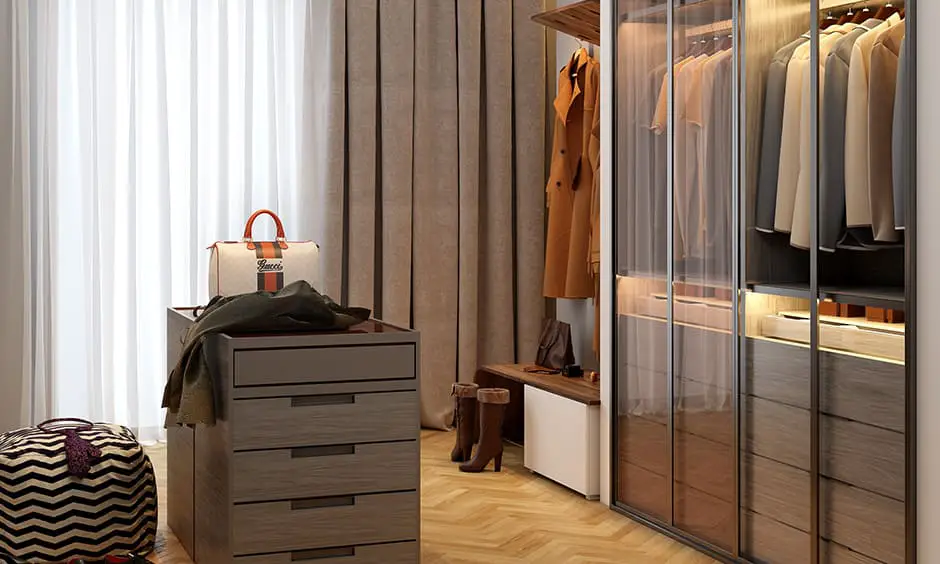Introduction
When it comes to designing a space, the choice of materials can make or break the overall aesthetic and functionality of a room. With a myriad of options available, it’s crucial to understand how different materials align with various design styles. This guide will help you navigate the vast array of choices, offering insights into selecting materials that enhance the look and feel of your room, whether you’re aiming for a modern, rustic, or eclectic design.
Understanding Room Materials
1. The Basics of Room Materials
Room materials can be broadly categorized into hard and soft materials. Hard materials include flooring, countertops, and wall finishes, while soft materials encompass textiles like curtains, rugs, and upholstery. Each type of material plays a significant role in setting the tone and function of the space.
2. Durability and Maintenance
When choosing materials, consider their durability and maintenance requirements. For high-traffic areas, durable options like tile or hardwood might be preferable. Conversely, for low-traffic zones or more decorative spaces, materials like wallpaper or delicate fabrics might be suitable. Understanding the wear and tear a material can handle will ensure your design remains pristine over time.
Choosing Materials for Different Design Styles
1. Modern and Contemporary
Modern and contemporary designs often emphasize clean lines, minimalism, and functional beauty. For flooring, polished concrete, sleek hardwood, or large-format tiles work well. Wall materials might include smooth plaster or high-gloss paint. In terms of textiles, choose high-quality, understated fabrics like linen or wool in neutral tones.
2. Rustic and Country
Rustic and country styles celebrate natural beauty and a sense of warmth. Opt for materials that evoke a sense of the outdoors, such as reclaimed wood, stone, or brick for walls and flooring. For textiles, consider cozy options like flannel, burlap, and wool in earthy tones and patterns like plaids and checks.
3. Industrial
Industrial design is characterized by its raw, unfinished look and often incorporates elements like exposed brick, concrete, and metal. Flooring can include polished concrete or reclaimed wood, while walls might showcase exposed brick or concrete finishes. For textiles, opt for industrial-grade materials like leather and heavy-duty canvas in muted or metallic colors.
4. Coastal and Beach
Coastal and beach styles emphasize light, airy spaces with a relaxed vibe. Use materials like light-colored woods, shiplap, and natural stone for flooring and walls. Textiles should be airy and breathable—think linen curtains, cotton rugs, and nautical stripes. Colors often reflect the sea and sand with shades of blue, white, and beige.
5. Bohemian
Bohemian design is all about eclecticism and personal expression. Mix and match materials to create a vibrant, lived-in feel. Use colorful rugs, tapestries, and cushions in various textures. For floors, consider reclaimed wood or patterned tiles. Walls might feature a mix of wallpaper, paint, and hanging textiles.
6. Minimalist
Minimalist design focuses on simplicity and functionality. Choose materials that are understated and versatile. For flooring, smooth surfaces like light wood or concrete are ideal. Walls should be plain, often painted in neutral shades, with a preference for high-quality, simple finishes. Textiles should be kept to a minimum, with an emphasis on functional elegance.
Tips for Making the Right Choice
1. Harmonize with Existing Elements
Ensure that new materials complement existing elements in the room. For example, if you have traditional furniture, pairing it with modern materials might create a discordant look. Instead, seek materials that enhance and unify the overall design.
2. Consider Lighting
Materials can look different under various lighting conditions. It’s essential to test samples in the actual lighting of your room before making a final decision. This step will help ensure that the materials you choose will look as expected when illuminated.
3. Think About Texture
Texture adds depth and interest to a room. Incorporate a variety of textures to create a dynamic and engaging space. For instance, pairing smooth surfaces with rough ones can enhance visual and tactile appeal.
Conclusion
Selecting the right materials for your room is a crucial aspect of interior design that can significantly influence the style and functionality of your space. By understanding the characteristics of different materials and how they align with various design styles, you can make informed choices that reflect your aesthetic preferences and practical needs. Remember to harmonize materials with existing elements, consider the impact of lighting, and think about texture to create a cohesive and inviting environment. With this guide, you’re well-equipped to transform any room into a beautifully styled and functional space.


